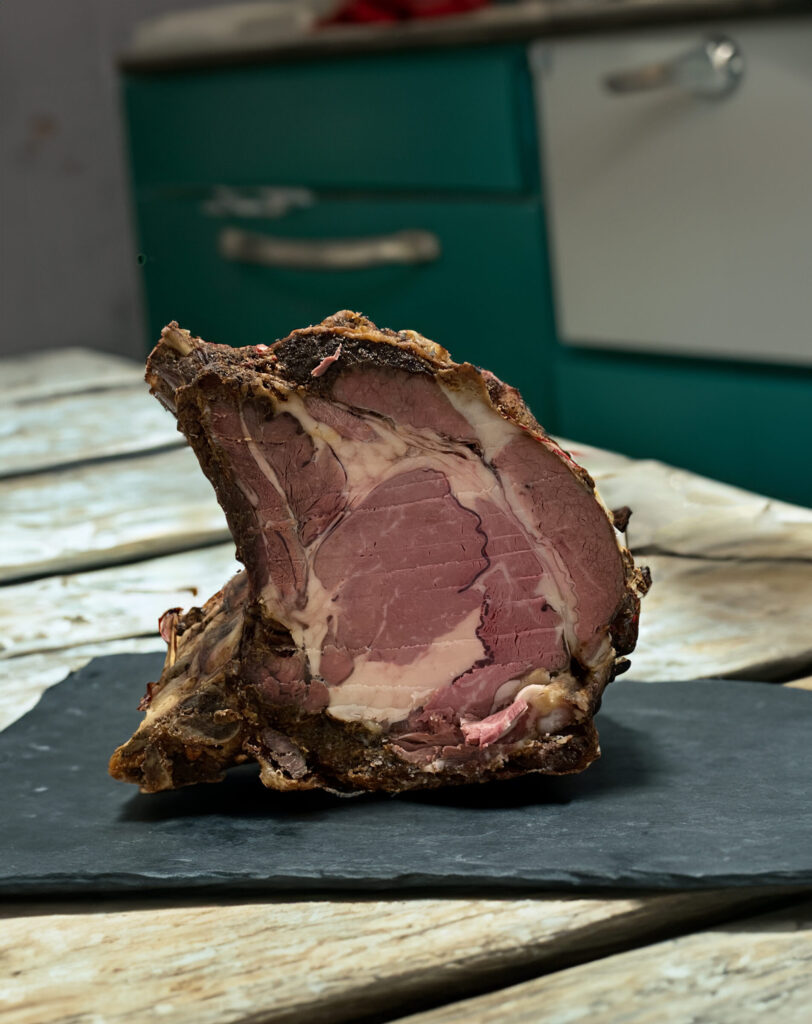
West London slow roast beef
0 likes
West London slow roast beef
Rare roast beef is hard to cook using traditional roasting methods. When I cooked beef at a high temperature (160°C-180°C), in the past, it cooked quickly. However, if I monitored the core temperature and stopped cooking when it reached 60°C, only the inner core was rare, the outer third of the joint was well done, and it was medium rare in between.One day, I went to a major hotel for Sunday lunch and saw a big joint of roast beef that was all rare apart from a thin, well-done crust. I tracked down one of the chefs and asked if he would tell me how it was done. He told me that the joint had been “slow-roasted for six hours”. I then did some research into the chemistry of roasting beef, conducted several experiments, and eventually produced a roast that was perfectly cooked but all rare. This recipe is the result of that research.As beef cooks, it generally changes from red or pink to brown or grey due to the Maillard reaction. This reaction occurs when the proteins and sugars on the meat’s surface interact with heat, resulting in browning. The internal temperature of the meat is rising during this process. Beef reaches medium-well doneness at a temperature of about 66°C-71°C. At this stage, the meat will have a more pronounced greyish-brown colour on the inside. To ensure all the meat is rare, the temperature must be raised slowly and kept below 66°C.The important temperatures in the process of meat cookery are as follows:The recommended minimum internal temperature for medium-rare beef is 55°C (131°F). This temperature is considered safe by food safety standards in the US and in Europe while still allowing the meat to retain a rare level of doneness. It’s important to note that cooking beef to the rare stage means that the meat will have a red colour on the inside and may be slightly warm in the centre. Using a meat thermometer to measure the internal temperature is the best way to ensure that the beef has reached the appropriate temperature for rare doneness. At 50°C, the meat will be rare and usually safe to eat.The aim of slow roasting to end up with a rare joint of beef is to stop cooking when the temperature of the core reaches 50°C-55°C.This recipe is my West London version of slow-roast beef.At 40°C, proteins in meat start to denature. At 50°C, collagen begins to contract. At 55°C, collagen starts softening. At 62°C, the meat no longer holds oxygen and turns grey. At 100°C, water in meat begins to evaporate. If meat is cooked at 100°C, the pressure caused by the evaporation obliterates the meat, and any juices left in it disappear.The image shows what is left after half a 4kg two-rib beef joint has been carved.
Equipment
- oven
- meat thermometer
- roasting pan
Ingredients
- 3 bone rib of beef 3kg-4kg
- 3 tbsp olive oil
- 2 clove crushed/chopped garlic
- 2 tsp black pepper
- 1 tsp ground rock salt
- tsp English mustard powder
- 1 sprig fresh rosemary
- 1 sprig thyme
- 1 tsp black pepper (whole)
- 1 tsp juniper berries
Instructions
- Take the beef out of the fridge, dry it and leave it to come up to room temperature overnight or for at least three hours. Trim off some excess fat and save for the gravy.Tip the crushed/chopped garlic and all the herbs and spices into a large roasting tin and, using a blow torch or under a hot grill, singe the herbs until they start to smoulder (if using a grill to do this, do not leave it unattended), then leave to cool slightly. Rub a tbsp of salt, ground black pepper and mustard powder into the meat with some olive oil. Fry off until the meat is browned in a large pan, and then sit the joint on top of the herbs.
- Preheat the oven to the desired maximum temperature. Place the roasting tray in the oven. Use a meat thermometer to monitor the internal temperature:Six hours or more may be needed for the core of the joint to reach the desired temperature. Many wifi meat thermometers come with an App that will tell you how long will be needed for the joint to reach the desired temperature.rare: 50°Cmedium-rare: 55°C,medium: 60°Cwell-done: 70°C
- Take the beef out of the oven, cover in foil and rest for an hour. This will give you time to cook the roast vegetables.
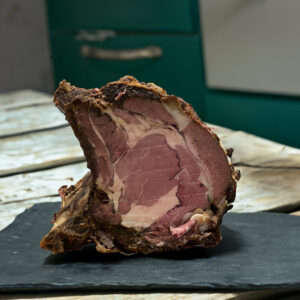
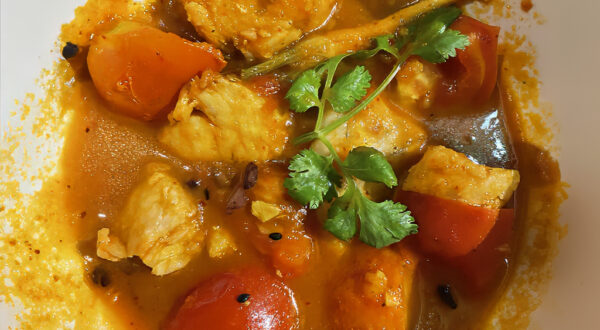
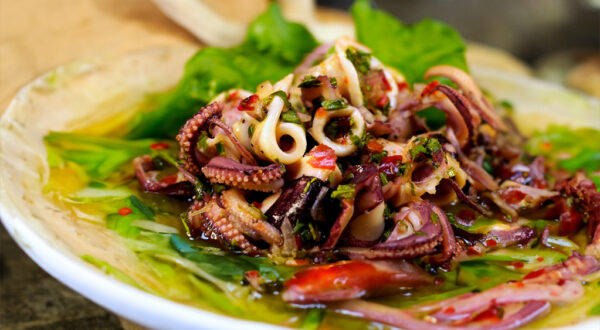
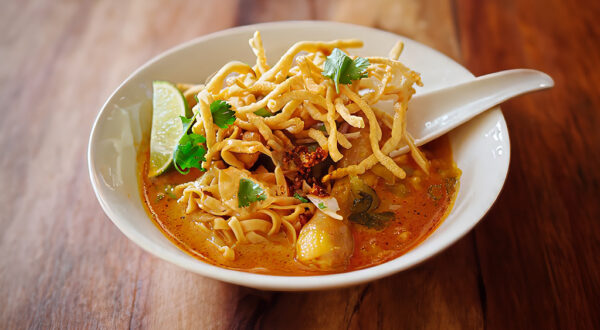
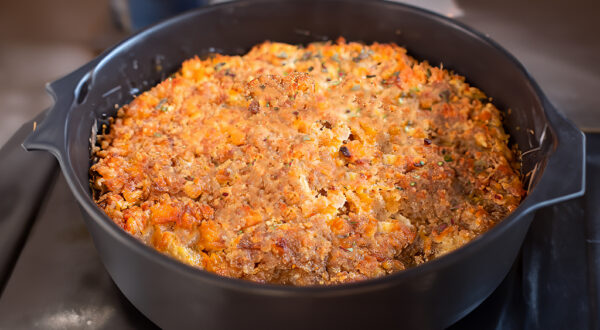
Leave a comment